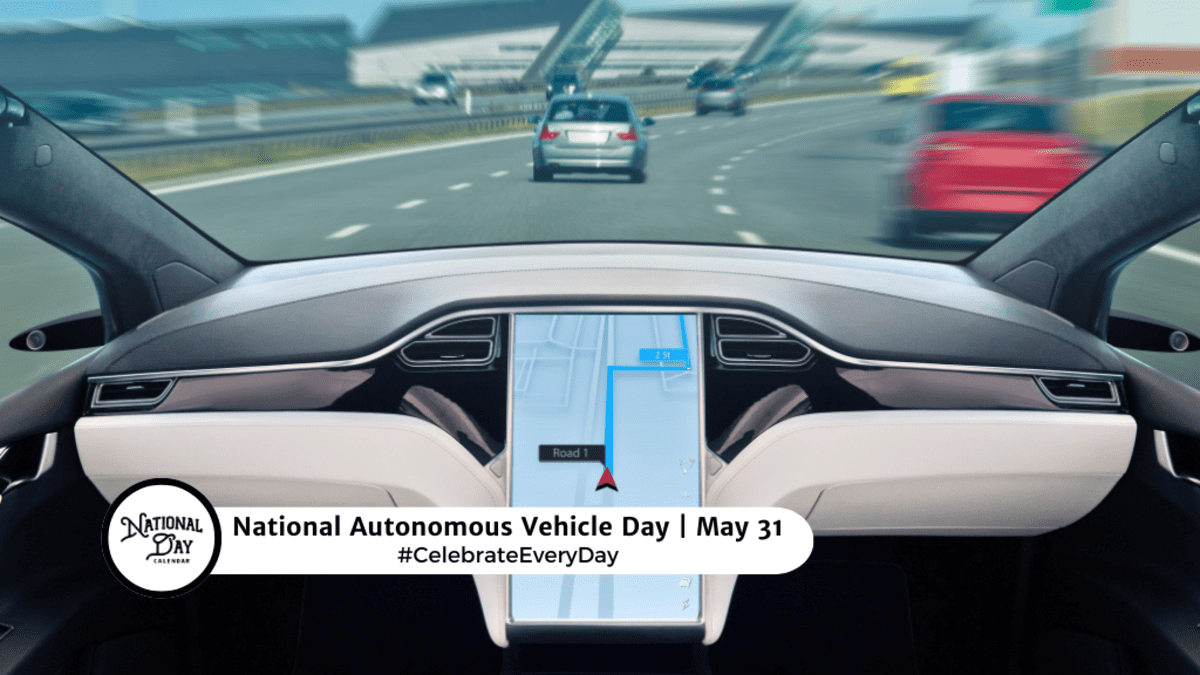Baykanber Insights
Your go-to source for the latest news and trends.
Driving Dreams: The Future of Autonomous Adventures
Explore the thrill of autonomous adventures and discover how driverless cars are reshaping the future of travel. Join the journey today!
Exploring the Technology Behind Autonomous Vehicles: How Do They Work?
Autonomous vehicles, often referred to as self-driving cars, employ a range of sophisticated technologies to navigate and operate without human intervention. At the core of their functionality are sensors, including LIDAR, radar, and cameras, which work collaboratively to create a detailed map of the vehicle's environment. These sensors collect real-time data that is processed by advanced machine learning algorithms, enabling the car to identify obstacles, pedestrians, and other vehicles. For a deeper understanding of the technologies used, you can explore NHTSA's overview of automated vehicles.
Furthermore, autonomous vehicles utilize a combination of GPS and high-definition mapping technology to maintain accurate positioning while on the road. This geolocation capability allows them to make informed decisions, such as when to change lanes or navigate complicated intersections. Additionally, vehicle-to-everything (V2X) communication technology helps these cars interact with surrounding infrastructure and other vehicles, further enhancing safety and efficiency. For more on V2X technology, you can visit Automotive World.

The Benefits of Autonomous Driving: Safety, Convenience, and More
Autonomous driving technology offers a multitude of benefits that can transform the way we travel. One of the most significant advantages is enhanced safety. According to the National Highway Traffic Safety Administration, over 90% of crashes are due to human error. By utilizing advanced sensors and algorithms, autonomous vehicles can minimize risks by maintaining constant awareness of their surroundings. Furthermore, features like automatic emergency braking and collision avoidance systems can actively prevent accidents, making our roads safer for all users (source: NHTSA).
In addition to safety, convenience is another key benefit of autonomous driving. Imagine being able to use travel time more productively—whether that's catching up on work, relaxing, or spending quality time with family while your vehicle handles the driving duties. Furthermore, autonomous vehicles can optimize traffic flow, reduce congestion, and adapt to changing road conditions, leading to shorter travel times. The potential for increased accessibility for the elderly and disabled also highlights the societal benefits of this technology (source: Automotive.gov).
What Will the Future of Road Trips Look Like with Self-Driving Cars?
The future of road trips with self-driving cars is poised to revolutionize the way we travel. Picture this: no more tedious hours spent behind the wheel, allowing travelers to fully immerse themselves in the journey. As autonomous vehicle technology advances, road trips will become more enjoyable, with passengers free to engage in entertainment, work, or simply relax. With the integration of smart technology, self-driving cars will be equipped with advanced navigation systems that can optimize routes in real time, taking into account factors such as traffic, weather, and road conditions. This will not only make trips faster but also help travelers discover new attractions and hidden gems along their routes.
Moreover, the social dynamics of road trips are expected to change significantly. With self-driving cars, the vehicle itself can become a versatile gathering space, allowing friends and family to engage in activities together. From gaming and movie screenings to sharing playlists, these modern vehicles will transform the travel experience into a communal event. According to a study by the RAND Corporation, the widespread adoption of autonomous vehicles could also lead to new preferences in travel planning, such as choosing scenic or less-congested routes for leisure rather than expediency.